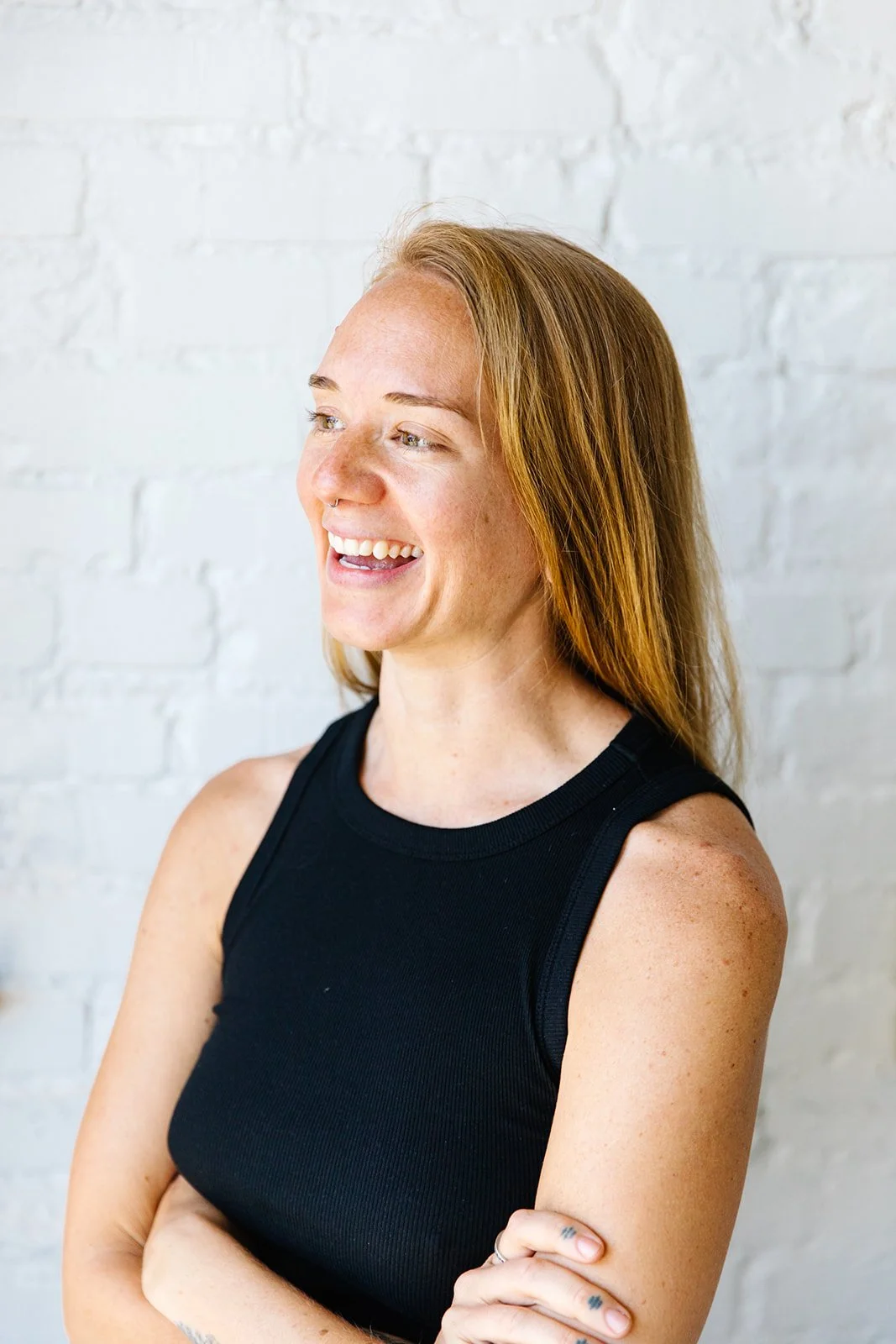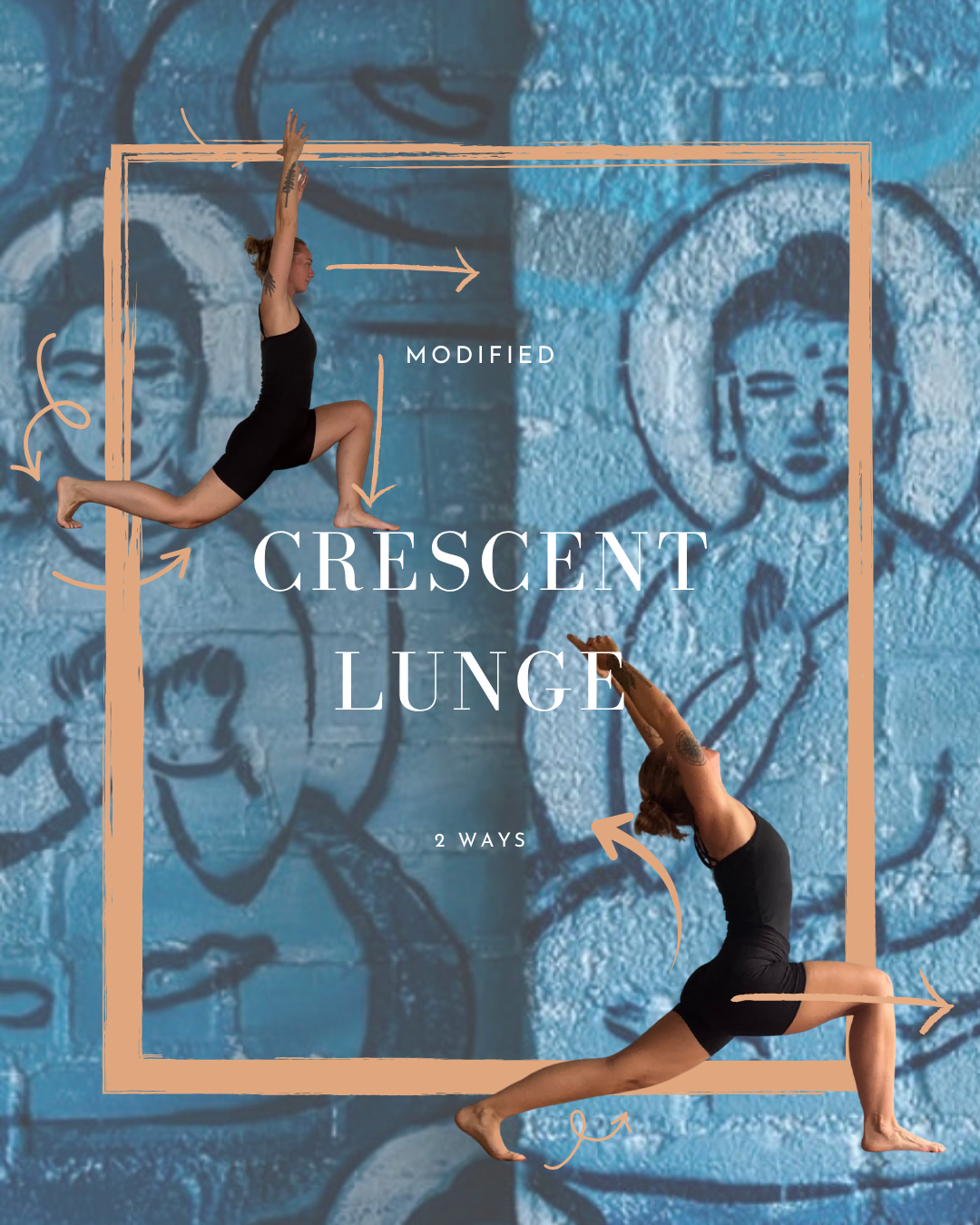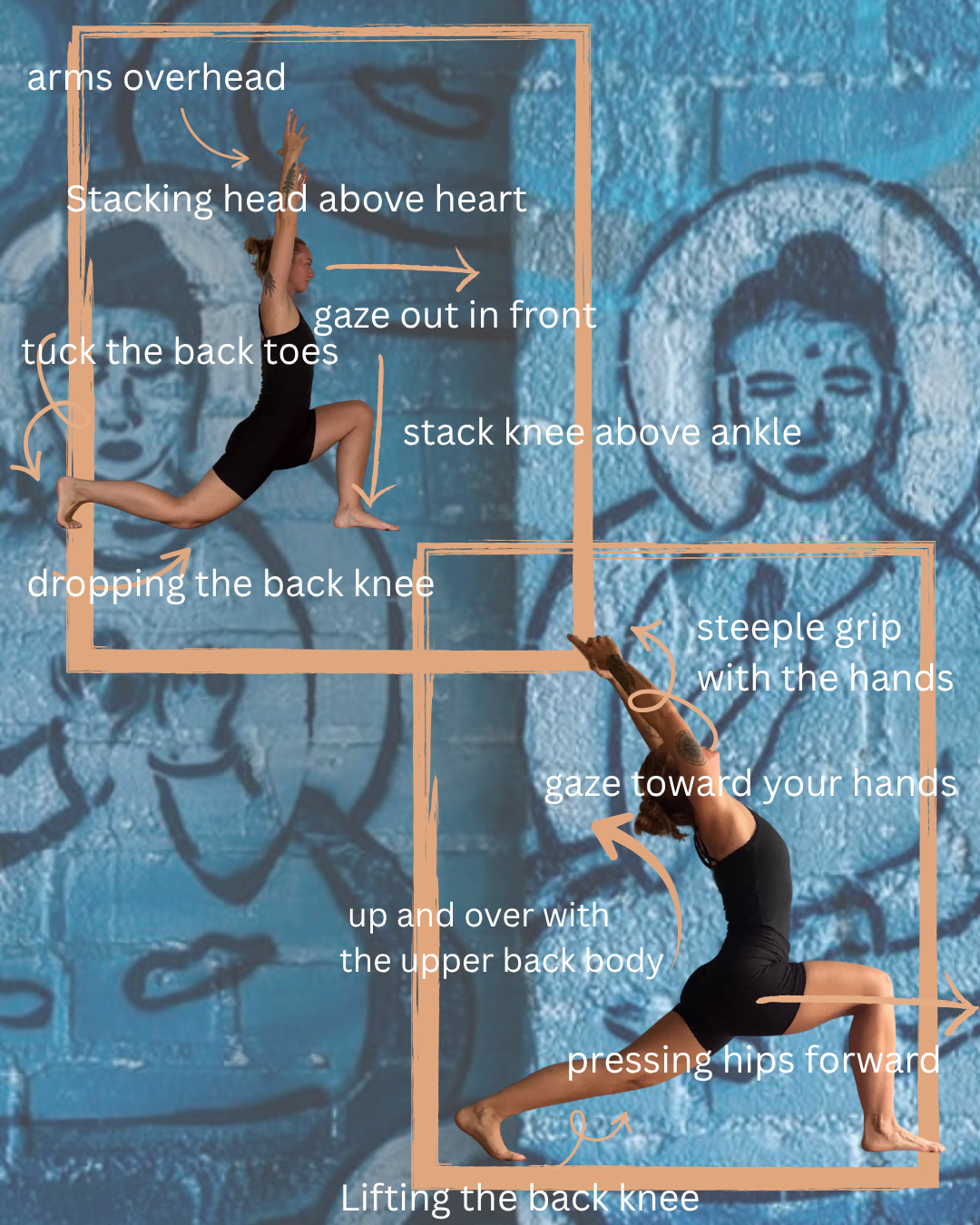Flow Study: Modifications in Yoga: The “Why” Behind Cues by Shauna Willetts
Using modifications to make poses more accessible for all bodies - providing agency and individual choice in your yoga practice.
Shauna, YOE Instructor
Cueing in yoga is a meaningful conversation as it not only creates an interesting dynamic between the one cueing and the one receiving the cues, but it also goes far beyond the asana (the physical practice of yoga) and holds space for agency and accessibility in our practice. A “cue” in yoga is a verbal suggestion offered by your teacher on how to align the body in a posture.
If you've ever taken one of my classes you’ve probably heard a lot of “maybes” or a regular reminder to “do what feels best.” After class recently, an attendee shared, “When you offer options for each posture, I don’t know which modification to pick.”
There is a lot of reasoning and intention behind why yoga teachers provide modifications. Let’s dive a little deeper into them.
1. Safety and alignment
While there’s no “one way” to do every single yoga pose, we do want to ensure our bodies are safely aligned in a posture. A significant part of cueing is to help you safely align yourself while maintaining the mental and physical benefits of the posture.
When these alignment cues are provided, you may hear something similar to “stacking your right knee above your right ankle,” or “flexing into the right toes,” or “engaging the lower abdomen to protect the low back.” Cues like these are an attempt to ensure the foundation of the physical posture is aligned to avoid injury.
2. Accessibility
Not all yoga poses are accessible to everyone at all times in their traditional form. To make yoga more physically accessible to all, various modifications and cues are offered for different body types and reasons.
Beyond the asana, some days postures might feel different emotionally. When we think of accessibility in our classes, we want to consider not only physical ability but also mental ability.
3. Agency and individual choice in how you move and find stillness in your body
As yoga teachers, we want to stand alongside you as a guide, not as Simon in the game of Simon says.
It’s essential to note that you do not have to move in the way a teacher says.
Think of your next yoga class as an invitation to hear your guide’s cueing of physical safety and alignment first, and then know that the rest is up to you.
As in all spaces, you should have agency and choice over your body. How you move, how you find stillness, and how you flow through your practice are choices. We’re simply here to remind you of options and help if those options don’t feel aligned physically or mentally.
You can listen to the guide lightly, but listen to yourself intently, as you know yourself and your body best.
On some days, specific cues may seem aligned, while on others, they may not. I encourage you to pause in your practice, listen to the body and mind, and see what feels best.
Think of a crescent lunge, for example. The options are endless.
Option 1:
We could start with our back knee lowered, keeping the weight out of our pelvis to protect the hip flexor of the lowered leg. From here, we can use blocks or the ground to support us as we frame the front foot, leaving our hands on a surface.
Option 2:
Dropping the pelvis down to the ground creates more length in the lowered leg hip flexor and may intensify the stretch in the hip flexor and quad. To deepen this, we can squeeze the inner thighs together, lifting through the upper body, bringing the hands up and overhead, or resting the hands on the hips for stability. If the back knee is lowered, we have the option to tuck or untuck the back toes.
Option 3:
If we want to go further, we can always lift the back knee. Focusing on stacking the front knee above the front ankle and pressing the back heel toward the back of the mat as we balance on the ball joint of that back foot. The same applies here: arms can be lifted above the head, or they can rest gently wherever feels most stable.
Option 4:
To go deeper, we can keep the lift in the back knee and reach the arms back, thinking “up and over” with the shoulder blades. This will create a rounding in the upper back body and a gentle backend. This opens the heart and provides a lengthening of the belly. Pressing the hips forward may deepen our spinal arch. It’s important to breathe, keeping the front knee above the front ankle - it may even land your front leg at a 90-degree angle.
The options are endless here, and remember, these are only a few options for a single posture. Option 3 isn’t better than option 2 and vice versa. It’s all about modifying in a way that allows us to set aside expectations of how a pose is supposed to look or feel, and instead, invite in a little bit of extra awareness, a little more tenderness, and hopefully, a little more love towards ourselves.
May you be ever growing, ever flowing, and ever loved.



